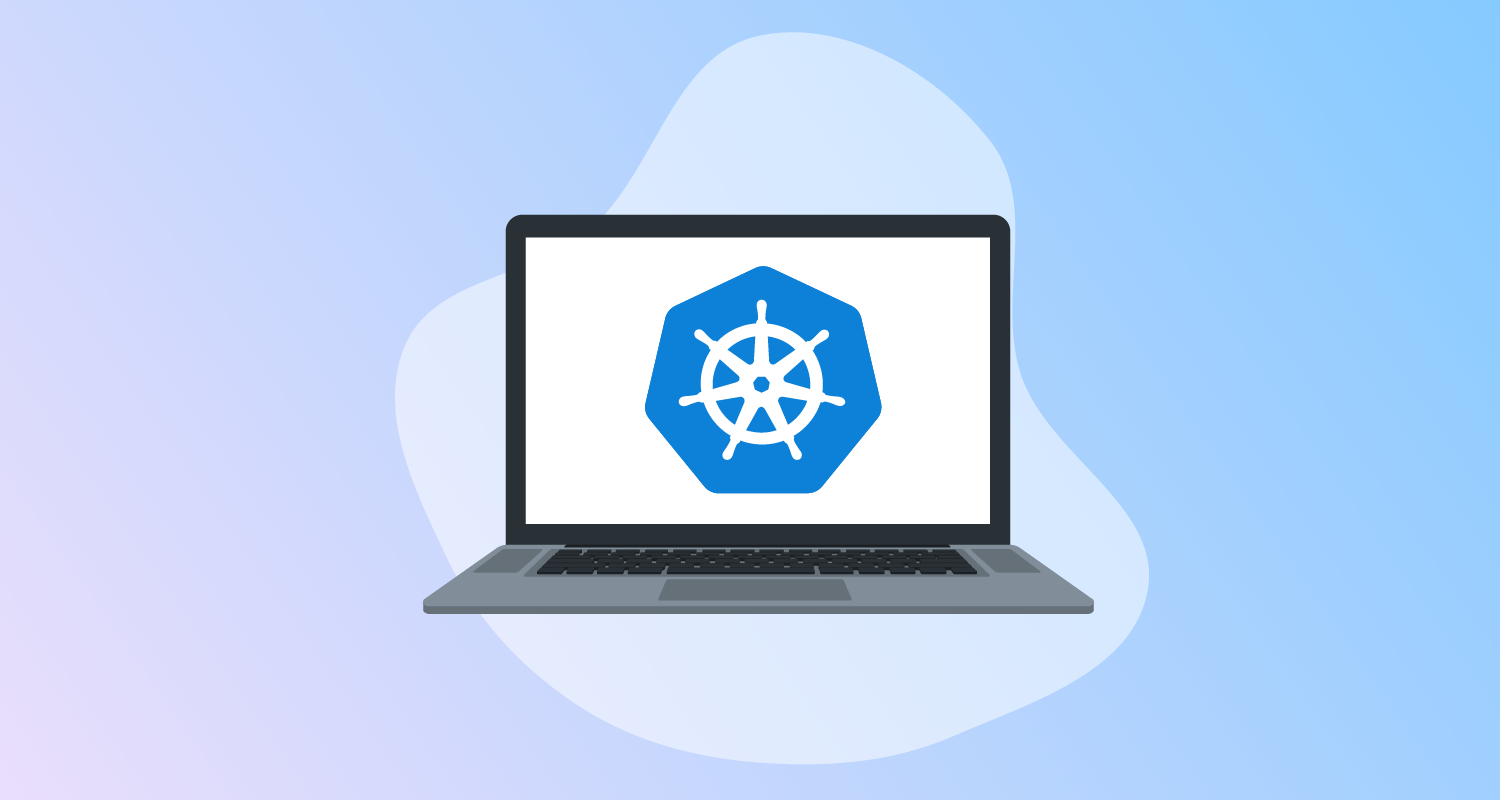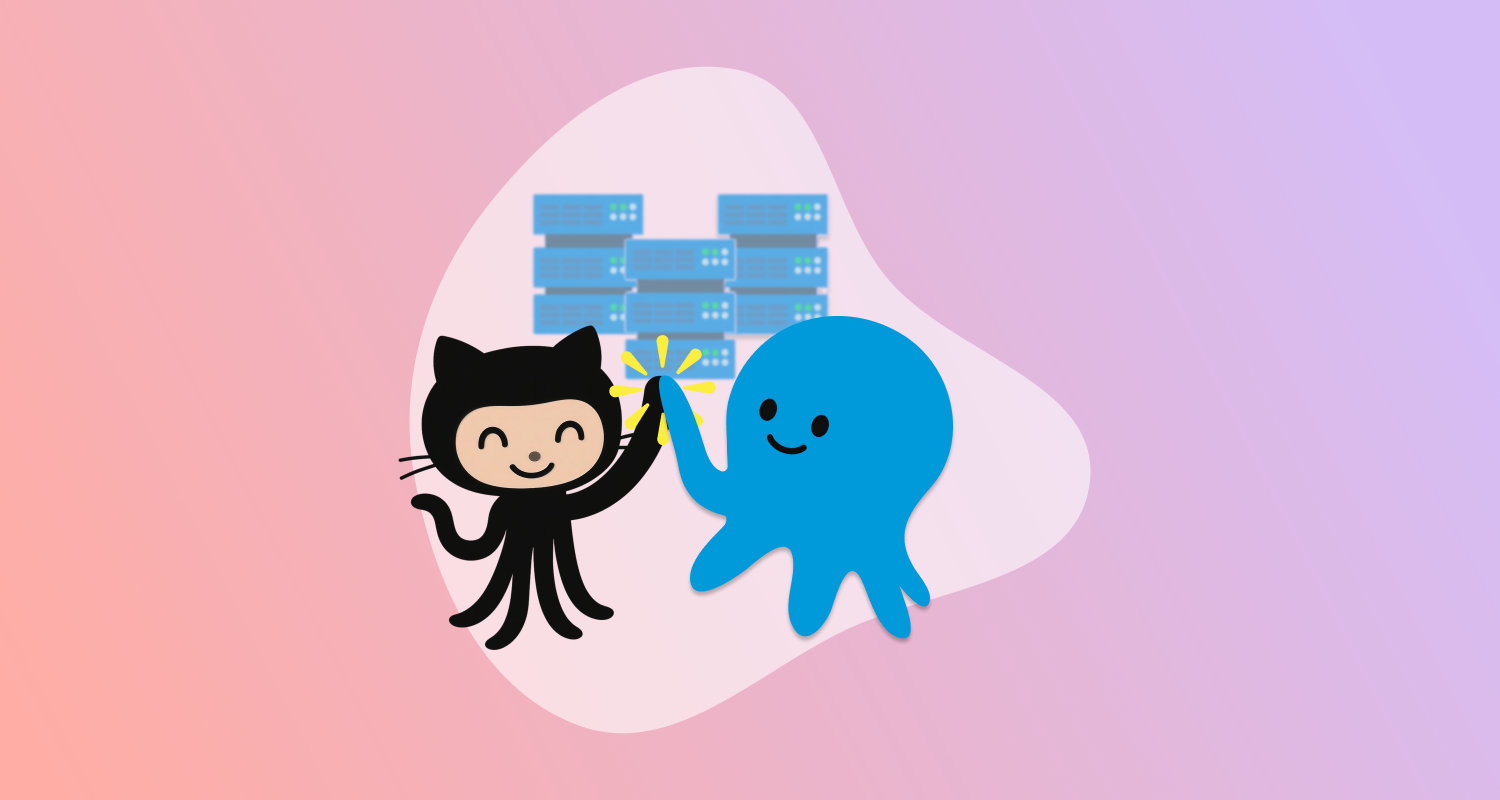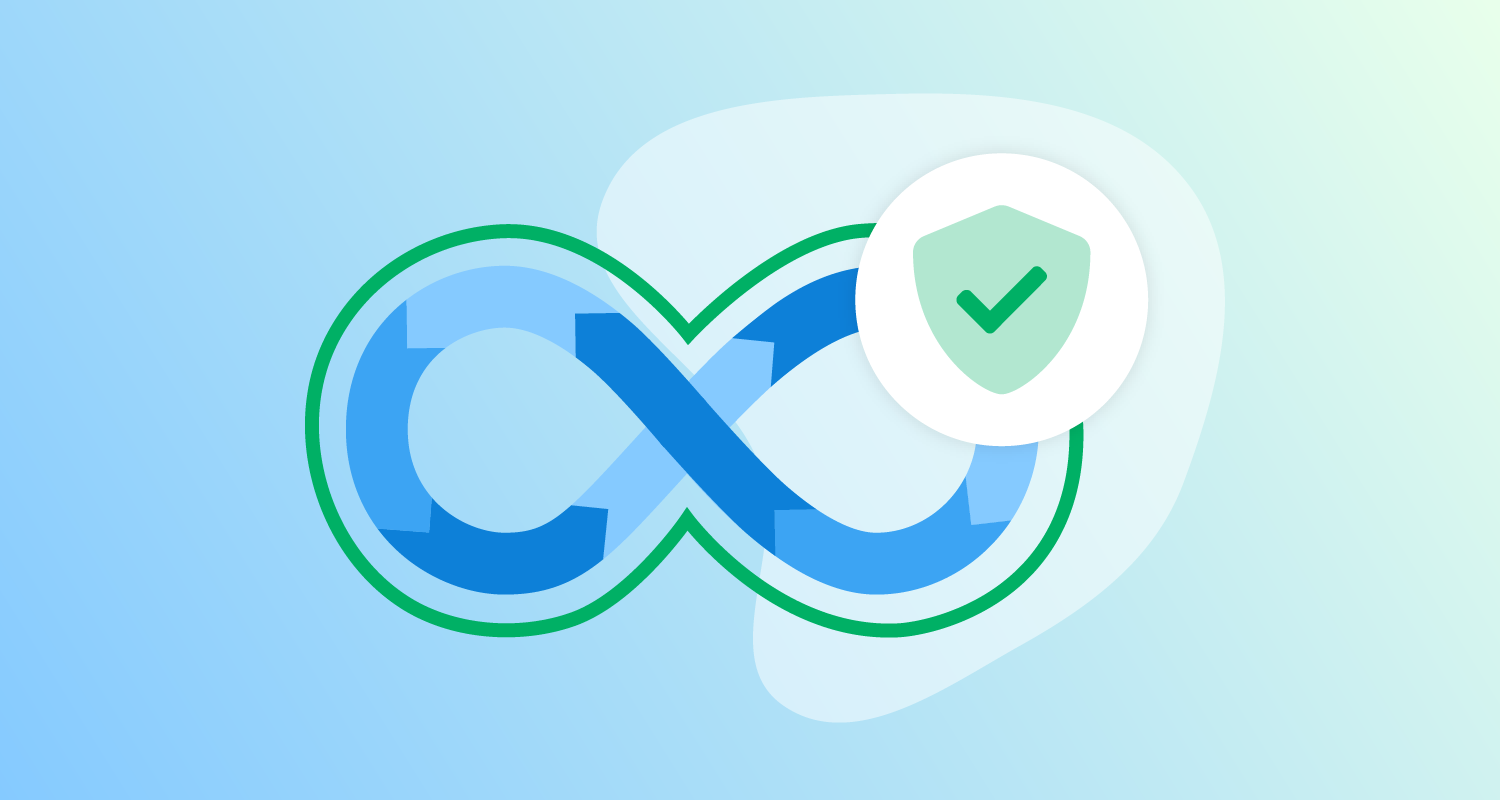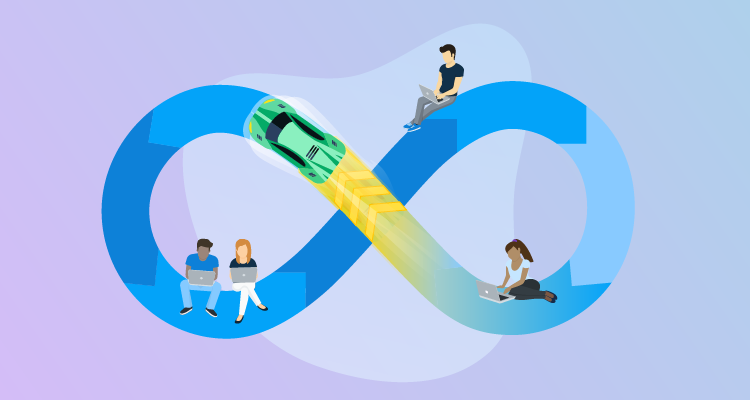This post is the 11th in our Kubernetes training series, providing DevOps engineers with an introduction to Docker, Kubernetes, and Octopus.
This video introduces you to ConfigMaps and Secrets. It then discusses some common deployment concerns regarding deployment strategies and shared configuration resources.
If you don’t already have Octopus account, you can start a free trial.
You can work through the series using the links below.
- Getting started with Docker
- Installing a development Kubernetes cluster
- Creating Docker containers
- Creating Kubernetes resources
- Creating Kubernetes services
- Deploying to Kubernetes with Octopus
- Multi-environment deployments
- Installing a dashboard
- Observing deployment strategies
- Blue/green deployment strategy
- ConfigMaps and Secrets
- ConfigMaps and Secrets demo
- Role Based Access Control
- Role Based Access Control demo
- Ingress and Ingress Controllers
- Ingress and Ingress Controllers demo
- Deploy Google’s Online Boutique microservice stack in Octopus
Resources
Learn more
If you’re looking to build and deploy containerized applications to AWS platforms such as EKS and ECS, the Octopus Workflow Builder populates a GitHub repository with a sample application built with GitHub Actions workflows and configures a hosted Octopus instance with sample deployment projects demonstrating best practices such as vulnerability scanning and Infrastructure as Code (IaC).
Happy deployments!







